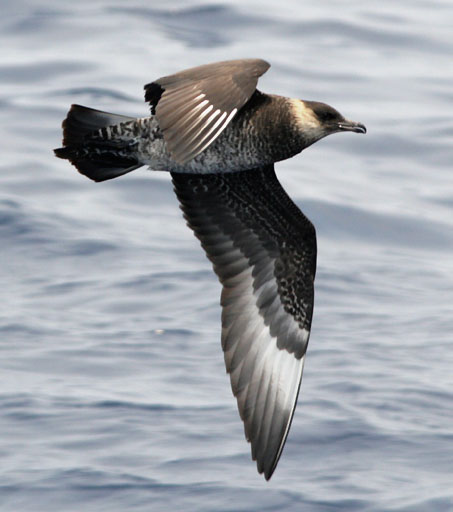Facts About Skua
Skuas are intriguing predatory seabirds belonging to the genus *Stercorarius*, the sole genus in the family Stercorariidae. There are approximately seven species of skuas, with the smaller ones often referred to as jaegers in American English. The term "skua" originates from the Faroese word for the great skua, whereas "jaeger" derives from the German word for "hunter." Interestingly, the genus name *Stercorarius* translates to "of dung" stemming from the erroneous belief that these birds consumed excrement expelled by other birds.
Skuas nest on the ground in temperate and Arctic regions and are known for their long migrations, with some having been sighted even at the South Pole. Their diet consists of fish, offal, and carrion, and they are notorious for practicing kleptoparasitism—stealing food from other seabirds. The larger skua species are also known to prey on adult birds and penguin chicks.
These birds range in size from medium to large, displaying grey or brown plumage with distinctive white markings on their wings. Skuas are strong fliers and are notably aggressive, particularly when defending their nests, often dive-bombing potential threats.
Taxonomically, skuas are related to gulls, waders, auks, and skimmers. The genus *Stercorarius* was established in 1760, with the parasitic jaeger as its type species. There has been some debate about whether to classify the smaller and larger skua species into separate genera. However, genetic, behavioral, and morphological studies suggest that all skuas should remain within a single genus due to their close relationships and evolutionary history, which includes instances of hybridization among different species.

 Norway
Norway